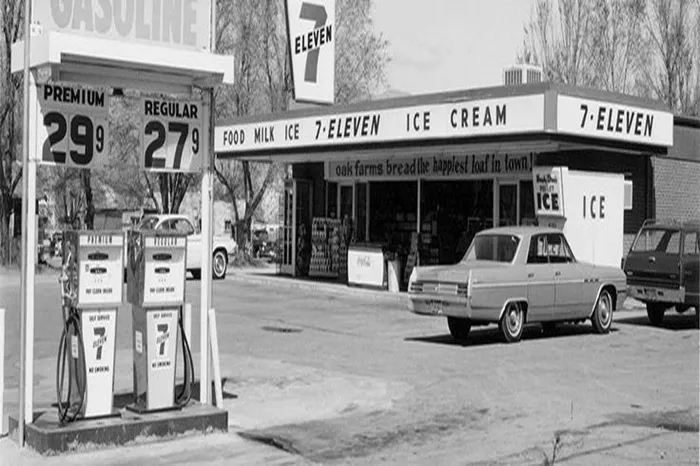Gasoline prices have long been a subject of interest and concern for consumers, policymakers, and economists alike. Understanding the factors that influence gasoline prices can provide valuable insights into economic trends, energy policy, and consumer behavior. In this article, we delve into the price of gasoline in the year 1960, examining historical data and contextualizing it within the broader economic landscape of the time.
The Price of Gasoline in 1960: A Snapshot
In 1960, the price of gasoline in the United States varied depending on factors such as location, brand, and fluctuations in crude oil prices. According to historical data from the U.S. Energy Information Administration (EIA), the average retail price of a gallon of regular gasoline in 1960 was approximately 31 cents. However, it’s essential to note that this figure is an average, and prices could vary significantly from one region to another.
Gasoline prices in 1960 were influenced by several factors, including the cost of crude oil, refining and distribution expenses, taxes, and market competition. Understanding these factors helps to contextualize why gasoline prices fluctuated and how they impacted consumers and businesses during that time.
See also: Diesel Vs Gasoline: What Is The Difference?
Factors Influencing Gasoline Prices in 1960
Cost of Crude Oil: Crude oil serves as the primary raw material for gasoline production. In 1960, the price of crude oil experienced fluctuations due to geopolitical events, supply disruptions, and changes in global demand. For instance, tensions in oil-producing regions such as the Middle East could lead to temporary spikes in crude oil prices, subsequently affecting gasoline prices.
Refining and Distribution Expenses: The process of refining crude oil into gasoline involves significant costs, including refining, transportation, and marketing expenses. These costs varied among oil companies and were influenced by factors such as technological advancements, regulatory requirements, and economies of scale.
Taxes: Taxes imposed by federal, state, and local governments also contributed to the retail price of gasoline. In 1960, gasoline taxes were lower compared to contemporary rates but still constituted a notable portion of the overall price per gallon.
Market Competition: Competition among oil companies and gasoline retailers played a crucial role in determining prices at the pump. In areas with more significant competition, consumers might benefit from lower prices as companies sought to attract customers. Conversely, in regions with limited competition, prices could be higher due to reduced pressure to lower prices.
Economic Context of 1960
To understand the significance of gasoline prices in 1960, it’s essential to examine the broader economic context of the time. The 1960s were characterized by economic growth, technological advancements, and geopolitical tensions, all of which influenced energy markets and consumer behavior.
Economic Growth: The United States experienced robust economic growth in the 1960s, fueled by factors such as post-war reconstruction, technological innovation, and increased consumer spending. This economic expansion led to rising demand for gasoline as more Americans purchased cars and traveled for both leisure and work.
Technological Advancements: The 1960s witnessed significant advancements in automotive technology, including the introduction of more fuel-efficient vehicles and improvements in engine performance. These innovations helped to shape consumer preferences and influence the demand for gasoline.
Geopolitical Tensions: The 1960s were marked by geopolitical tensions, including the Cold War rivalry between the United States and the Soviet Union. These tensions had implications for global energy markets, as policymakers sought to secure access to oil reserves and mitigate the risk of supply disruptions.
Conclusion
The price of gasoline in 1960 reflected a complex interplay of factors, including the cost of crude oil, refining and distribution expenses, taxes, and market competition. Against the backdrop of economic growth, technological advancements, and geopolitical tensions, gasoline prices played a significant role in shaping consumer behavior and economic dynamics.
By examining the price of gasoline in 1960 and its underlying determinants, we gain valuable insights into historical energy markets and the broader economic forces at play. Moreover, understanding the factors that influenced gasoline prices in the past can provide valuable lessons for addressing contemporary energy challenges and informing future policy decisions.
Related topics:

